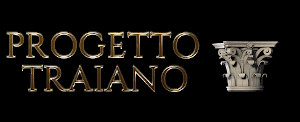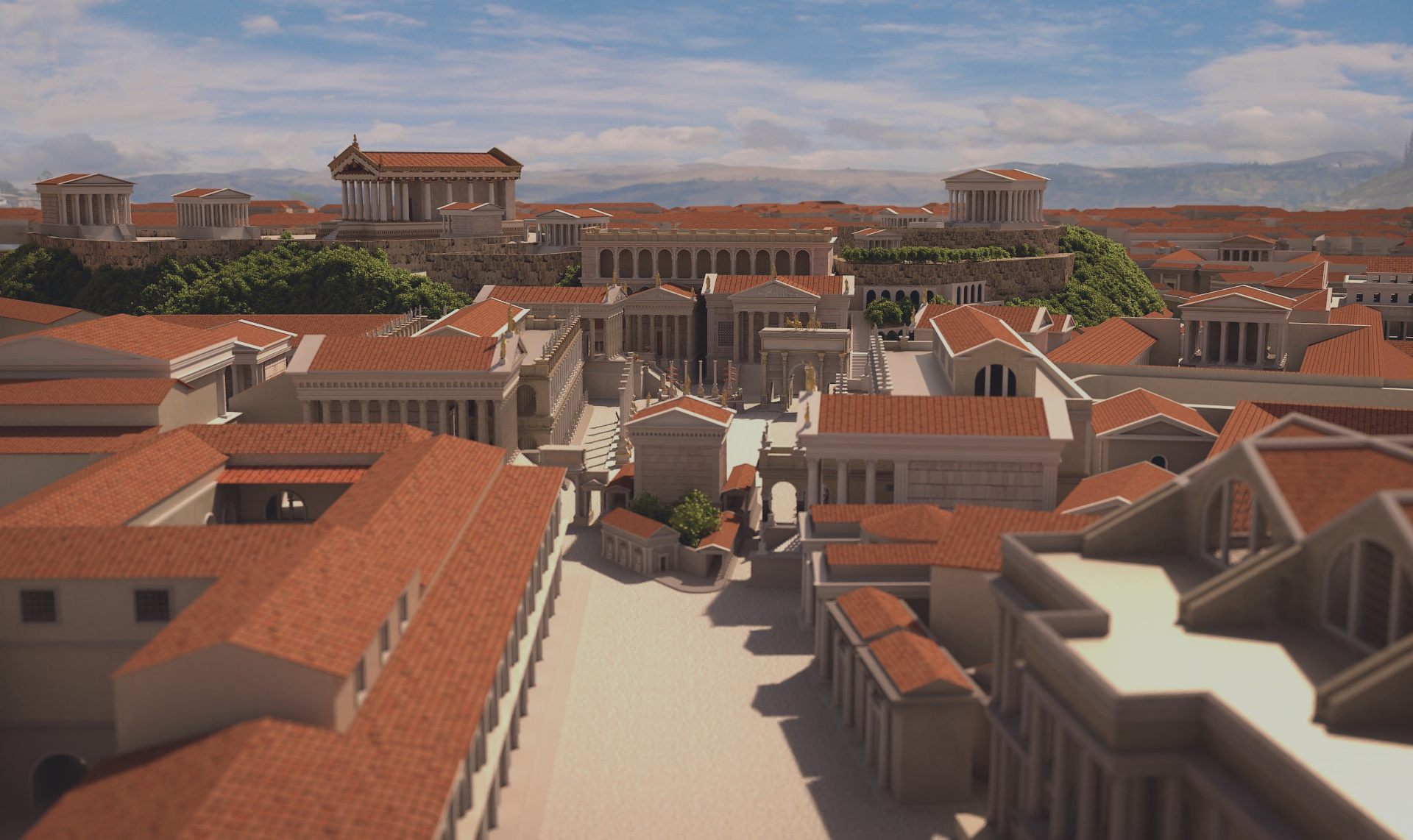Regia
The remains of the Regia, the home of king, are still visible behind the Temple of Caesar. According to tradition, it was built by Numa and housed the ancilia, a divine pledge of future grandeur of Rome. The legend tells that Zeus dropped from heaven a bilobate shield, an ancile, saying that such a shield was the symbol of benevolence granted to Numa by the father of the gods, and the pledge he left to guarantee for the future greatness of the city. To avoid the risk that some enemy might steal it, Numa (thanks to the advice of his divine mistress Egeria) asked a blacksmith named Mamurius Veturius to create eleven identical copies of the shield to make it impossible for anyone to distinguish the original. Twice a year the twelve shields, twelve as the months of the year, were carried in procession by dancing (or jumping) priests called Salii; the rest of the time they were preserved in the Regia, in a chapel dedicated to the god Mars. There was also another chapel, dedicated to Ops, the goddess of abundance. The Annals (annual chronicles) of the city and the calendar were preserved in the Regia. Some scholars individuated different homes for the following kings, and the rex sacrorum, who inherited the religious prerogatives of the monarch in the Republican period, did not reside here permanently, but he visited this sacred building only to officiate important rites.



